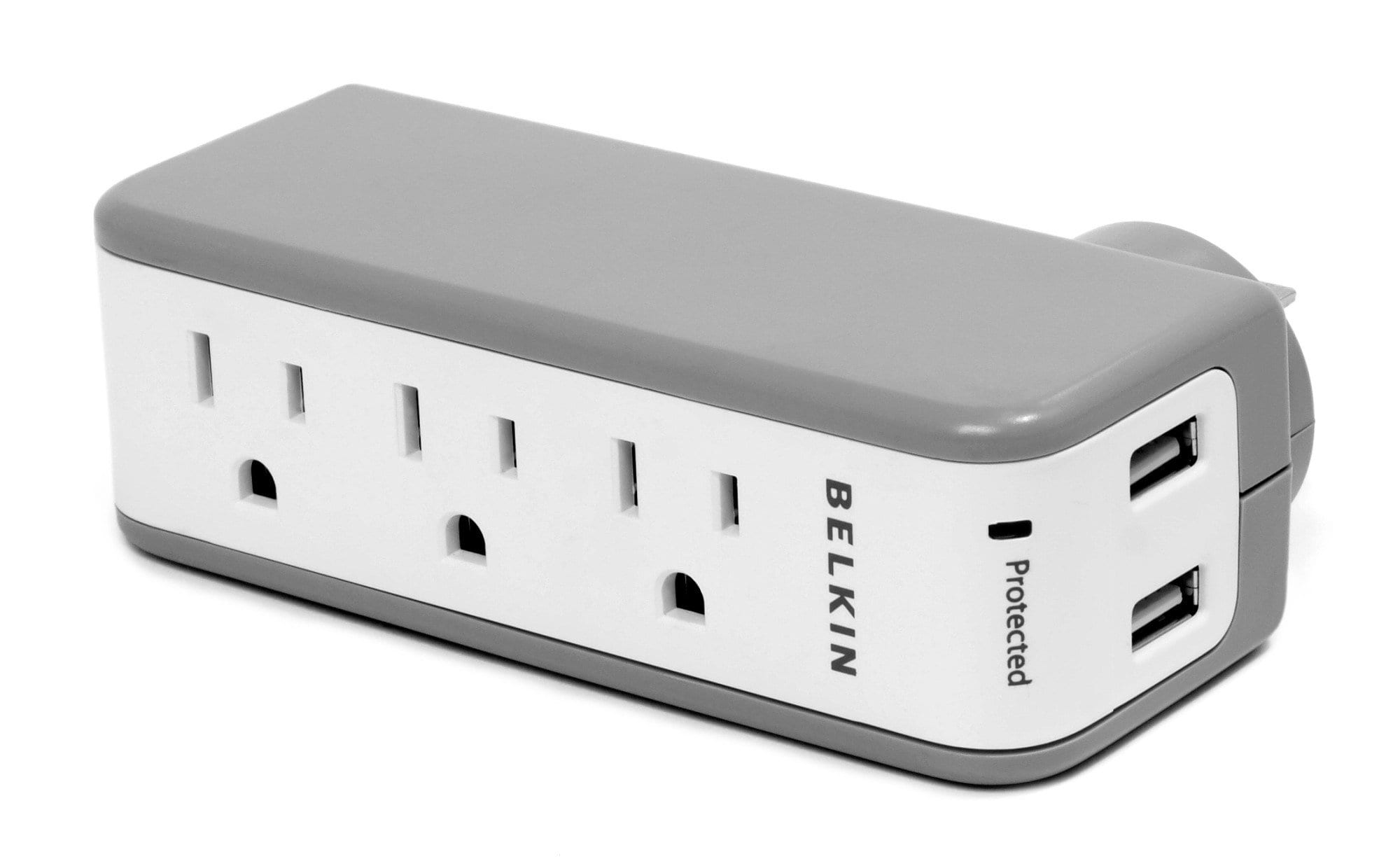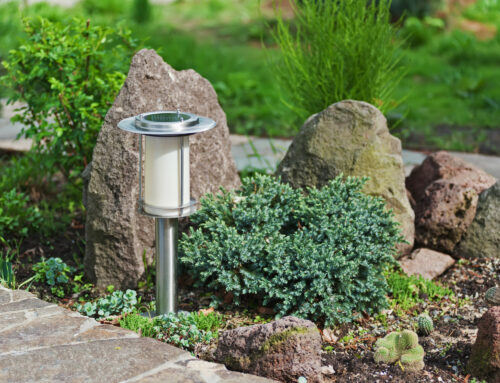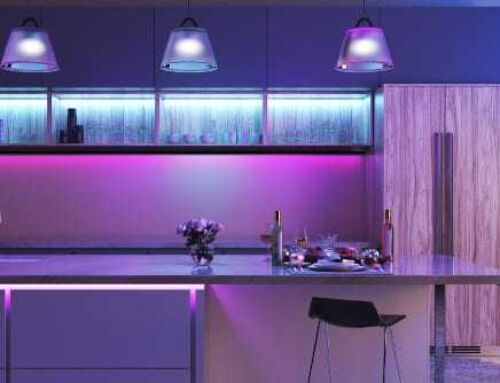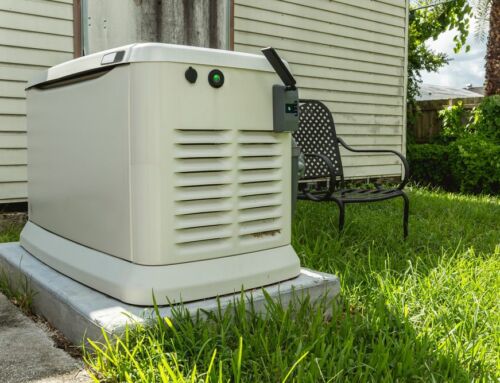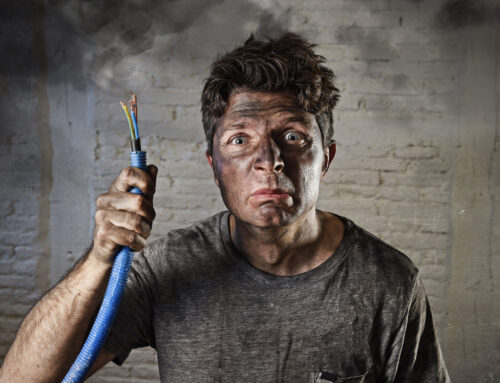Lightning strikes . . . and the first thing it does is take out all of your electronics. Your neighbor, however, still has her laptops, consoles, and televisions working perfectly.
She had the right kind of surge protector.
Surge protectors might look the same, but they are not created equal. If you want to keep your gadgets safe, here’s a quick guide explaining how to buy a surge protector that will actually do its job.
How to Buy a Surge Protector
Power surges don’t only happen when lightning strikes; they also occur when power returns to a building after an outage or when our own appliances draw too much power.
Finding the right surge protector to keep your electronics safe is a walk in the park, but only if you have the knowledge to purchase the right one.
Identify a Power Strip Versus a Surge Protector
First, understand that a power strip is not the same thing as a surge protector. A power strip allows owners to plug multiple electronics into one outlet that contains multiple ports.
When a power surge occurs, most basic surge protectors contain a metal oxide varistor (MOV) that helps regulate the electric current or redirects extra voltage. Power strips do not contain this technology.
Although many power strips can be surge protectors, always check the box’s labels before purchasing.
Know Your Needs
What do you need? Before jumping online or going to the store, consider what is convenient for you. Ask yourself:
- How many ports do I need?
- How large can the surge protector be?
- How long does the cable need to be?
- What kind of equipment am I protecting?
Knowing the answers to these questions will help you determine basic requirements, such as the number of ports and the length of cords.
However, it’s also important you know the value of your equipment. Purchase better protectors for expensive equipment.
Decide on the Right Type
It might seem like all of them are the same, but there are various kinds of protectors. Knowing what to look for in a surge protector is half the battle in purchasing the right one.
First, look at the absorption rating. This demonstrates how much energy the item can consume before it stops working. A higher absorption rating (a minimum of 400 joules) is better, as it means the device can absorb more.
Next, consider the clamping voltage. This number indicates at what voltage the surge protector will begin protecting your equipment. Lower numbers (around 330 volts) are ideal.
Check for Certification
Check that the surge protector you purchase is certified. The best gadgets have the approval of Underwriter’s Laboratories.
Also, check for the phrase “transient voltage surge suppressor” or “UL 1449.” To include these phrases, the item must meet Underwriter’s Laboratories’ standards. If you see this, it means the protector will do its job.
Contemplate Additional Protection
When purchasing, take into account extra features that may add to your convenience. Many surge protectors offer:
- USB ports
- Energy savings
- Remote controls
- Automatic shutdowns
- Lighting
Finally, consider additional protection. If you have a household with many electronics, for example, a whole house surge protector may be beneficial for you.
Protect Your Home
In addition to protecting electronics, surge protectors decrease the risk of fires. If you want better protection all around, they are a wise investment.
Now that you know how to buy a surge protector that meets your needs, learn what other electrical requirements might be on the agenda. Our Pro Tips Blog always provides the latest information to help readers navigate the electrical world!

